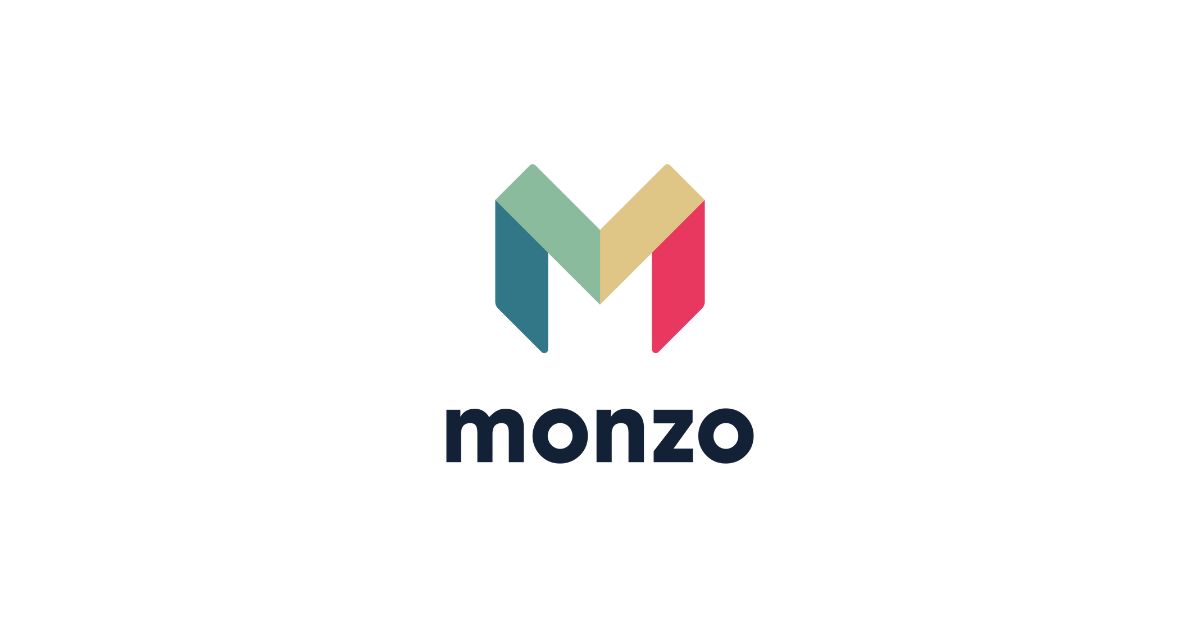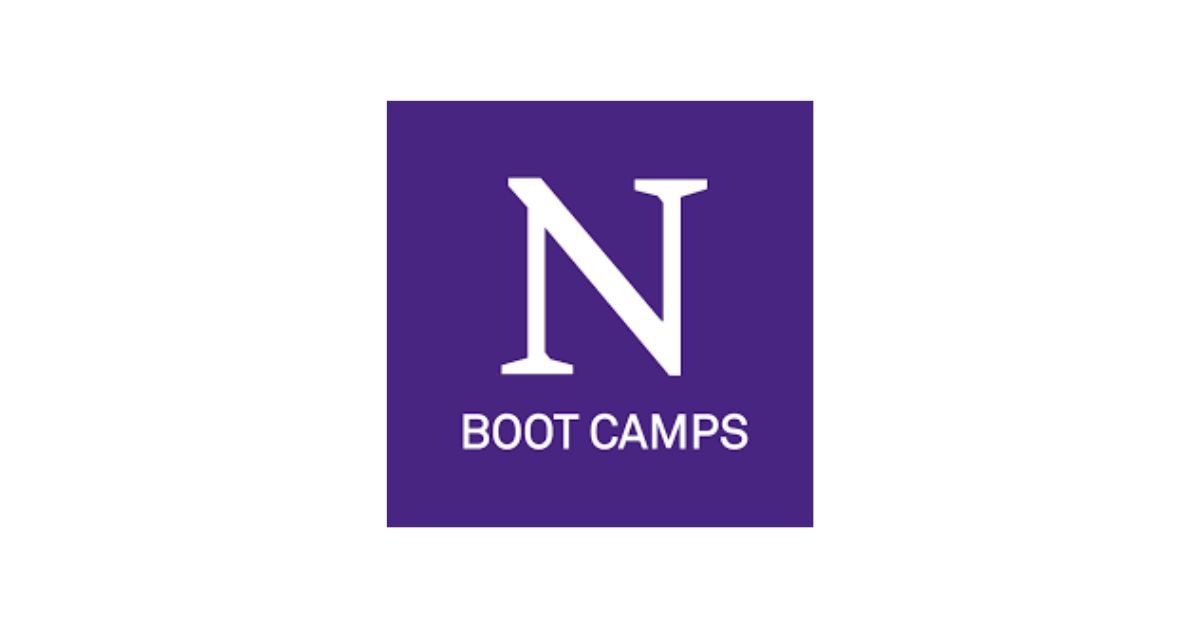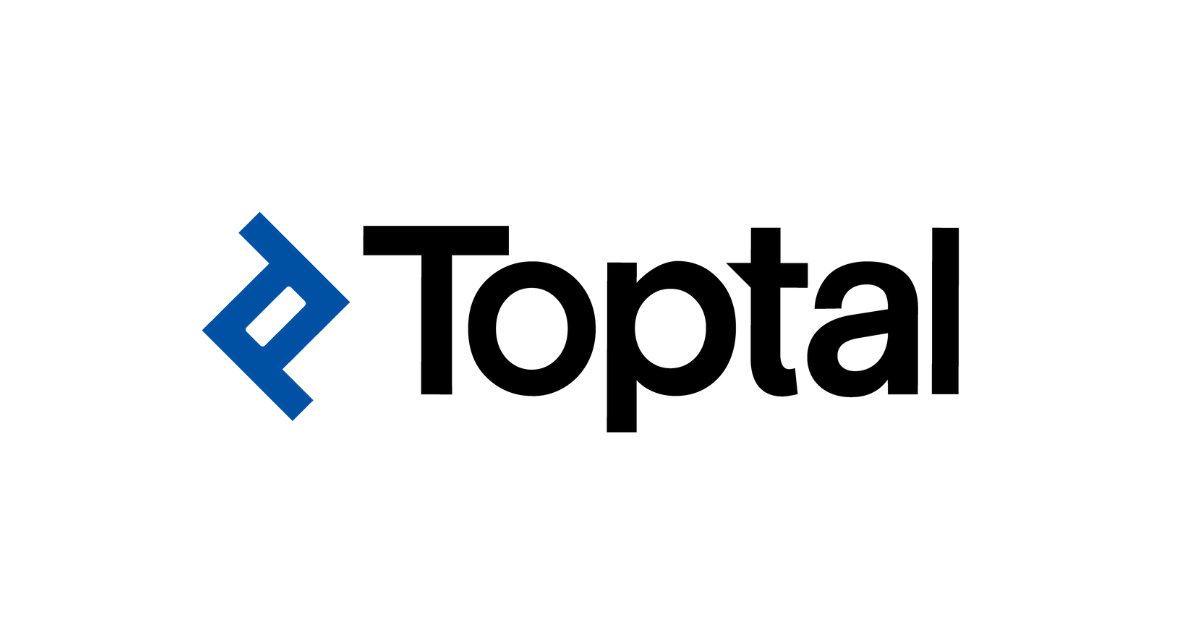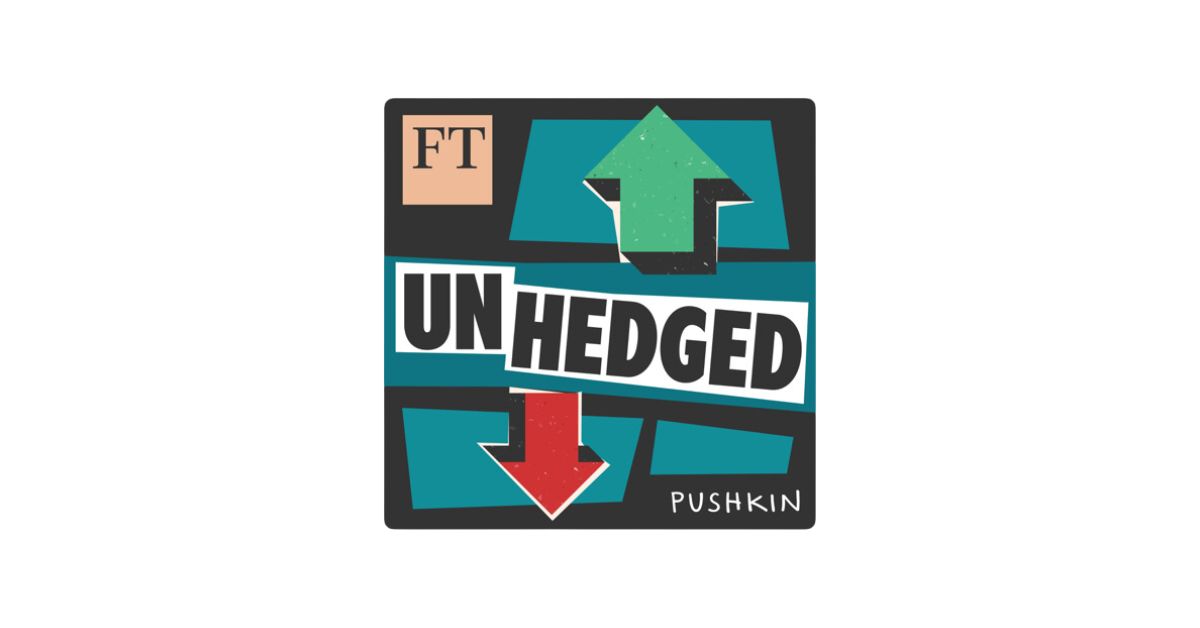How Open Banking Can Make Lending More Inclusive?

Understanding how financial systems can evolve to become more inclusive is critical in today’s vast economic landscape. One technological advancement that plays a pivotal role in this transformation is open banking. Its ability to offer a more personalized experience to users opens the door to inclusive financial practices, particularly in the sphere of lending. Through the integration of technology and finance, open banking enables users from various economic backgrounds to have an equal opportunity to access financial services.
The principle of financial inclusion addresses the importance of bringing marginalized individuals into the formal banking system. Open banking, with its data-centric approach, is revolutionizing the way financial services are distributed and managed. As a stepping stone towards more inclusive lending practices, this innovation allows for better risk assessment and personalized financial solutions, making it a cornerstone for financial empowerment of the currently underserved populations.
In an increasingly digital age, the shift towards open banking not only simplifies the user experience but also enhances the financial inclusion by making lending services more accessible. Instead of being a complex system understood and accessed by a few, open banking democratizes the data required for financial decision-making. By doing so, it paves the way for a more equitable distribution of financial resources, and thus a more inclusive banking environment.
What Is Inclusive Banking?
Inclusive banking refers to the practice of providing access to financial services and products to all sections of society, particularly those who are typically underserved or excluded. With a focus on accessibility, inclusive banking aims to close the financial gap between different demographics, thereby fostering a more equitable economic environment. This concept is deeply interconnected with the idea of financial empowerment, where individuals from various socio-economic backgrounds are provided the tools and opportunities to manage and grow their financial resources effectively.
Notably, inclusive banking goes beyond simply offering traditional banking products. It involves creating an ecosystem where financial services are designed and delivered in a manner that is understandable and affordable to everyone, regardless of income or wealth status. This includes people in rural areas, small-scale entrepreneurs, women, and other minority groups who are often neglected in the financial conversation. Consequently, inclusive banking plays an instrumental role in driving economic participation and promoting sustainable growth.
Moreover, the inclusive banking initiative seeks to address the challenges faced by those living in financially underserved regions. By implementing innovative banking solutions tailored to their unique needs, such as microfinancing and mobile banking, financial institutions can provide a lifeline that uplifts entire communities. The goal is to create a banking system that not only supports but actively contributes to the economic stability and prosperity of its most vulnerable stakeholders, thus engendering a truly inclusive atmosphere within the broader financial landscape.
How Do Lenders Use Open Banking?
Lenders utilize the capabilities of open banking to gain a comprehensive view of a borrower’s financial behavior. This approach allows for a more holistic understanding beyond what traditional credit scores can offer. By accessing a consumer’s financial data, such as transaction histories and spending patterns, lenders can tailor credit products to fit individual circumstances. This results in a more equitable assessment of creditworthiness and enhances the prospects of loan approval for consumers deemed risky by conventional standards.
Open banking supports lenders in streamlining the application process. By quickly retrieving financial information, the need for manual documentation is significantly reduced. This not only minimizes the processing time but also alleviates the administrative burden on both the lender and the applicant. Decreased processing times means that consumers can receive funds more promptly, which is particularly beneficial in urgent financial situations.
Open banking also encourages competition among lending institutions. With easier access to consumer financial data, smaller or alternative lenders can offer competitive and innovative services that might not have been possible before. This competitive landscape provides borrowers with more choices, pushing traditional financial institutions to also enhance their lending services. In this way, open banking fosters an environment where lending practices continuously improve and evolve, making the market more dynamic and responsive to the needs of diverse borrowers.
How Can Open Banking And APIs Promote Financial Inclusion?
The concept of financial inclusion is critical for ensuring equitable growth and access to financial services. Open banking serves as a cornerstone for this by enabling a transparent and interconnected financial environment. Through the use of APIs, which allow different software platforms to communicate, banking services have become more accessible to populations that have traditionally been marginalized by the financial sector.
In practice, open banking APIs enable a range of services that can help individuals and businesses alike. For one, they facilitate easier account management, allowing users to access and manage their funds across different institutions from a single application. This level of convenience can be particularly beneficial for those in remote locations or with limited mobility, helping them to engage with their finances more actively.
The use of APIs in open banking extends beyond basic account access. They can facilitate more efficient and accurate credit assessments through holistic financial data, which can broaden lending opportunities for those with thin credit files. By utilizing algorithm-driven tools, lenders can evaluate alternative financial behaviors as indicators of creditworthiness. This more nuanced approach to credit evaluation paves the way for increased financial inclusion, as it acknowledges various forms of financial stability beyond traditional metrics.
Expanding Credit Access to Underserved Communities
By adopting open banking, lenders can expand credit access to underserved communities. This is achieved through the use of alternative data in credit scoring, such as rental and utility bill payments, which can demonstrate a consumer’s reliability and creditworthiness. In doing so, a broader demographic can benefit from financial services that were previously out of reach, ultimately contributing to a more inclusive economy.
This expansion of credit access is not limited to personal lending; small and micro businesses, often the backbone of these underserved communities, can also gain from open banking. With more accurate and comprehensive financial data at their fingertips, lenders can offer more suitable loan packages to small enterprises, helping them to thrive and, in turn, bolster the local economies in which they operate.
Open banking technology facilitates the introduction of more customer-centric lending models. For instance, community banks and credit unions can leverage this technology to provide more flexible lending terms based on real-time financial behavior rather than outdated credit scoring systems. This approach attends to the unique financial situations within these communities, paving the way for a genuinely inclusive financial landscape that nurtures growth and stability.
Conclusion
- The adoption of open banking stands out as a fundamental change, positioning itself as a significant factor in the evolving dynamics of the financial industry. It represents a shift towards greater transparency and adaptability to meet the diverse financial needs of individuals across society.
- Open banking brings to the forefront the importance of data accessibility and the seamless sharing of financial information. This progression leads to changes in traditional lending practices, advocating for an approach that considers a broader set of data points to assess borrowers’ creditworthiness.
- It is apparent that the initiatives associated with open banking align closely with the objectives of enhancing financial inclusion. It stands as a testament to the industry’s commitment to reshape the financial landscape into one that is more accommodating and beneficial for people from different economic backgrounds.
- The essence of open banking lies in its ability to democratize financial data, thereby empowering lenders to offer more personalized and equitable services. This paradigm shift not only benefits consumers by providing them with better financial options but also enables lenders to access untapped markets, fostering a symbiotic relationship between the two.
- Through a more individualized and data-driven evaluation process, open banking nurtures an environment where lending can be made accessible to individuals who were previously marginalized. This integration of new data sources into credit analysis is instrumental in bridging the financial divide.
- The collaborative effect of open banking has the potential to ignite a substantial positive impact on the global economy. By extending the reach of lending services, it ensures the inclusion of various societal groups within the formal financial system, a move that contributes to overall economic stability and growth.









